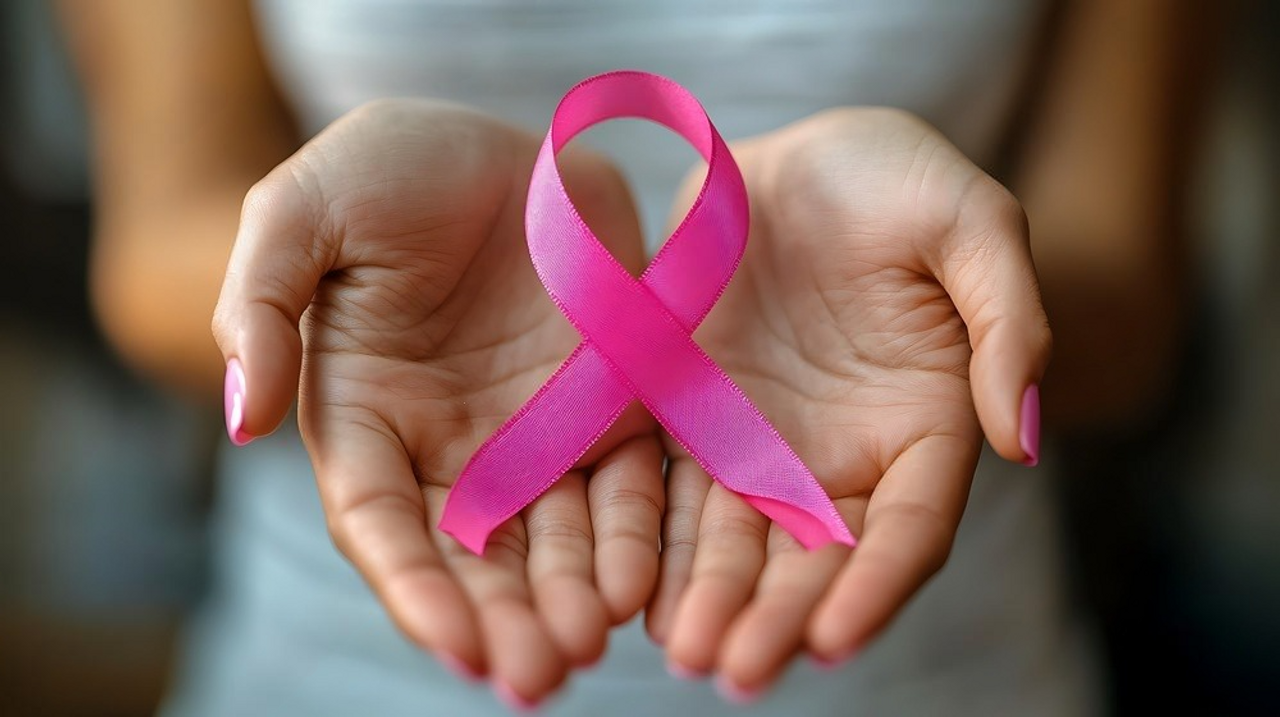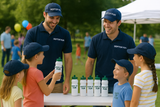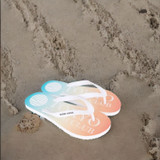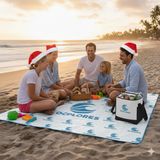What We Can Learn From Iconic Charity Merch Campaigns
Branded merchandise isn’t just for businesses. In fact, some of the most recognisable and impactful merch campaigns have come from charities. When executed with care, creativity, and purpose, charity merchandise can do more than raise funds—it can build advocacy, strengthen community ties, and inspire global support for critical causes. These standout campaigns show how powerful the right merchandise can be, offering lessons that apply to both charitable organisations and commercial brands alike. Here are some of our favourites.
Case Study #1: The Livestrong Wristband
Remember the days of the iconic yellow Livestrong wristband? Launched in May 2004 to raise funds for the Livestrong Foundation, this simple silicone bracelet quickly became a fashion statement—even appearing in the 2004 Tour de France. Created in collaboration with Nike and its agency Wieden+Kennedy, it went on to sell an estimated 80 million units by 2013.
Its success came down to simplicity. Instantly recognisable, affordable, and packed with meaning, the wristband became a global symbol of cancer awareness, hope, and resilience—uniting a worldwide community of supporters.
Case Study #2: (RED) limited-edition products
It was hard to miss the launch of Bono and Bobby Shriver’s (RED) charity in 2006. From the beginning, (RED) redefined traditional fundraising by partnering with major brands like Apple, Converse, Coca-Cola and Starbucks to release limited-edition red products. Each sale directly supported HIV/AIDS treatment and prevention programs.
(RED) is a standout example of innovative merchandising. By weaving charitable support into everyday purchases—whether through a phone case, sneakers, or a daily coffee—consumers could back a cause they believed in while visibly aligning with brands that reflected their values.
Case Study #3: The Pink Ribbon Campaign
The pink ribbon has long been a symbol of breast cancer awareness, but its roots go back to the early 1990s. The Susan G. Komen Foundation first distributed pink ribbons at survivor events in 1991, and Estée Lauder Companies soon adopted the symbol, helping to distribute millions globally. It became one of the most iconic charity merchandise products, sparking limited-edition pink items, cross-brand partnerships with names like Nike and Ralph Lauren, and continued fundraising for breast cancer research.
This campaign highlights the power of a simple, recognisable symbol. The pink ribbon created an emotional connection with supporters and, thanks to its flexibility, worked seamlessly with other brands and campaign goals.
Key Takeaways from Iconic Charity Merch Campaigns
With such powerful examples to look to, there are key takeaways we can incorporate into charity and commercial branded merchandising choices alike:
- Simplicity is powerful, like in the case of a Livestrong wristband that remained prominent over years.
- Collaboration can be key, such as (Red) working with parallel brands to make a lasting impact on consumer engagement.
- Symbols stand the test of time, like a pink ribbon that’s stood as an icon for decades.
- Consider the long-term, not just the short-term, in order to build successful merchandising campaigns that can evolve over years to come.
Conclusion
Iconic charity merchandise speaks to the power of branded merchandise to build communities, transform observers into advocates, and sustain meaningful relationships between brands and consumers. If you’re looking to launch your own charity merch campaign, or simply to incorporate these powerful lessons into your own merchandise, Brandconnect’s expertise is at your service!
Brandconnect blog: Insights, trends & merch tips
High-End Corporate Gifts That Build Brand Prestige
High-End Corporate Gifts That Build Brand Prestige In Executive Circles, Every Gift Is a Statement I...
Where to Buy Promotional Stubby Holders in Australia
If you’ve ever wondered where to buy promotional stubby holders in Australia, the answer is right he...
Trusted by Government: Promotional Merchandise That Delivers Results
Australian Owned. Proven. Reliable. When Australian government departments need reliable, creative,...
Slide Into Summer: Why Branded Thongs Are a Smart Promo Move
From the Beach to the BBQ: Promote Your Brand with Custom Thongs In Australia, thongs aren’t just fo...
Christmas & New Year Corporate Gifting in Australia: Smart for Business
The holiday season is more than just a time for celebration, it’s also one of the best opportunities...
The Best Branded Merchandise for Everyday Use
How to Choose Promo Products Customers Actually Use In today’s marketing landscape, utility is every...







